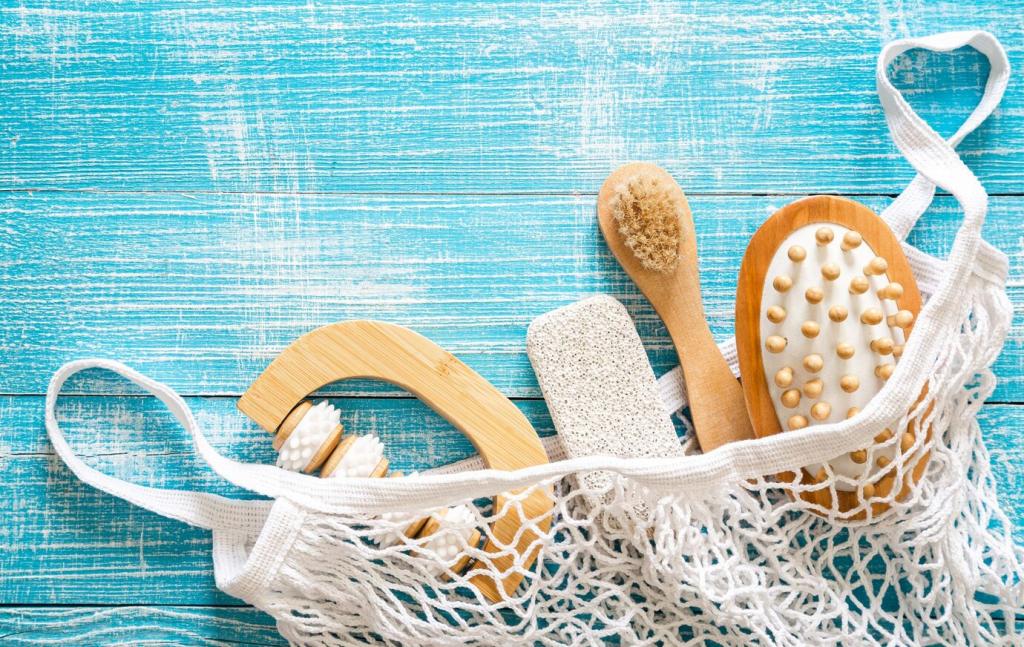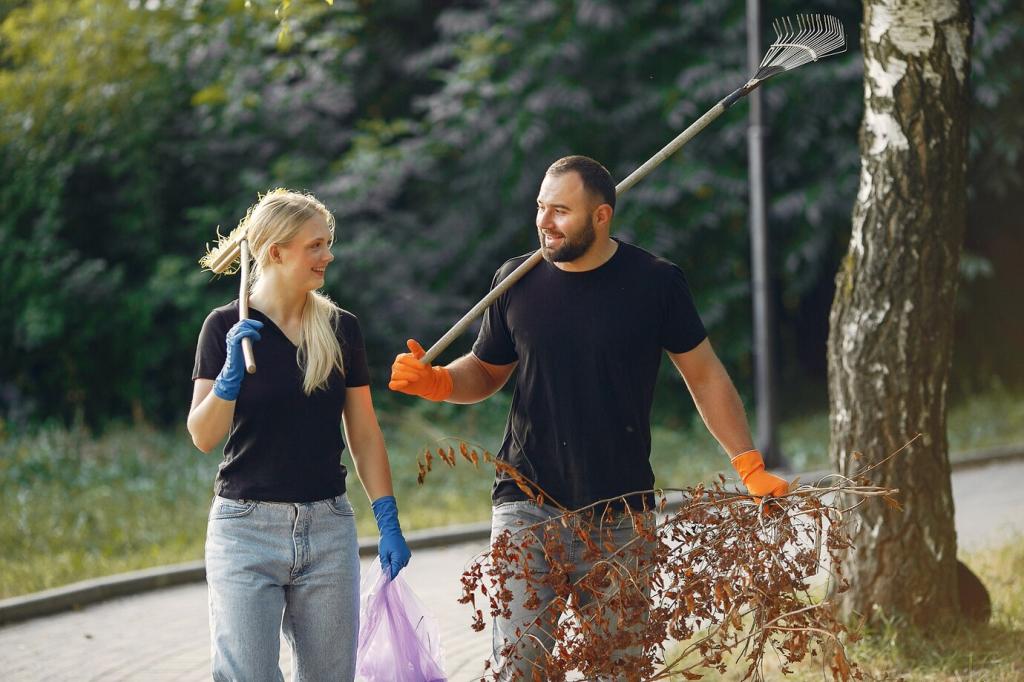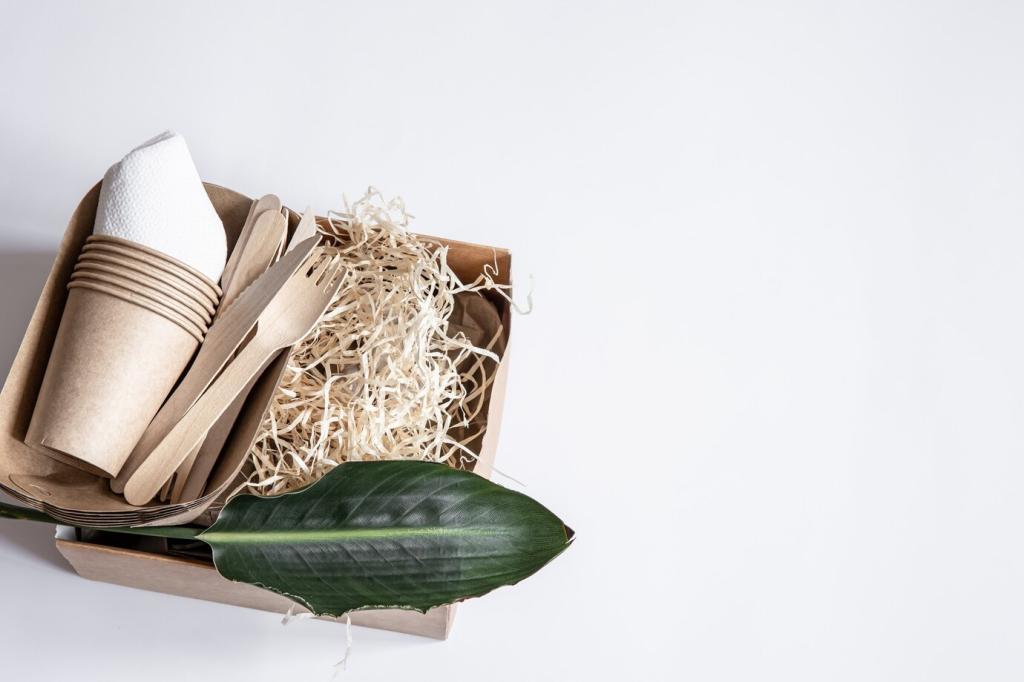Real-Home Stories and Makeover Notes
A reader dusted with citrus spritz, then massaged in beeswax balm, revealing rich figuring hidden by dull residue. The family noticed the soft glow during Sunday dinner. She now keeps a tiny tin and cloth in the drawer. Share your heirloom rescue and the recipe that finally worked.
Real-Home Stories and Makeover Notes
Layered spray polish left a cloudy film. We used a mild vinegar cloth to lift residue, followed by a thin vegan hard wax. The open grain needed extra buffing, but the seat turned satin-smooth. Comment if you’ve battled buildup and which stroke pattern cleared the haze fastest.






